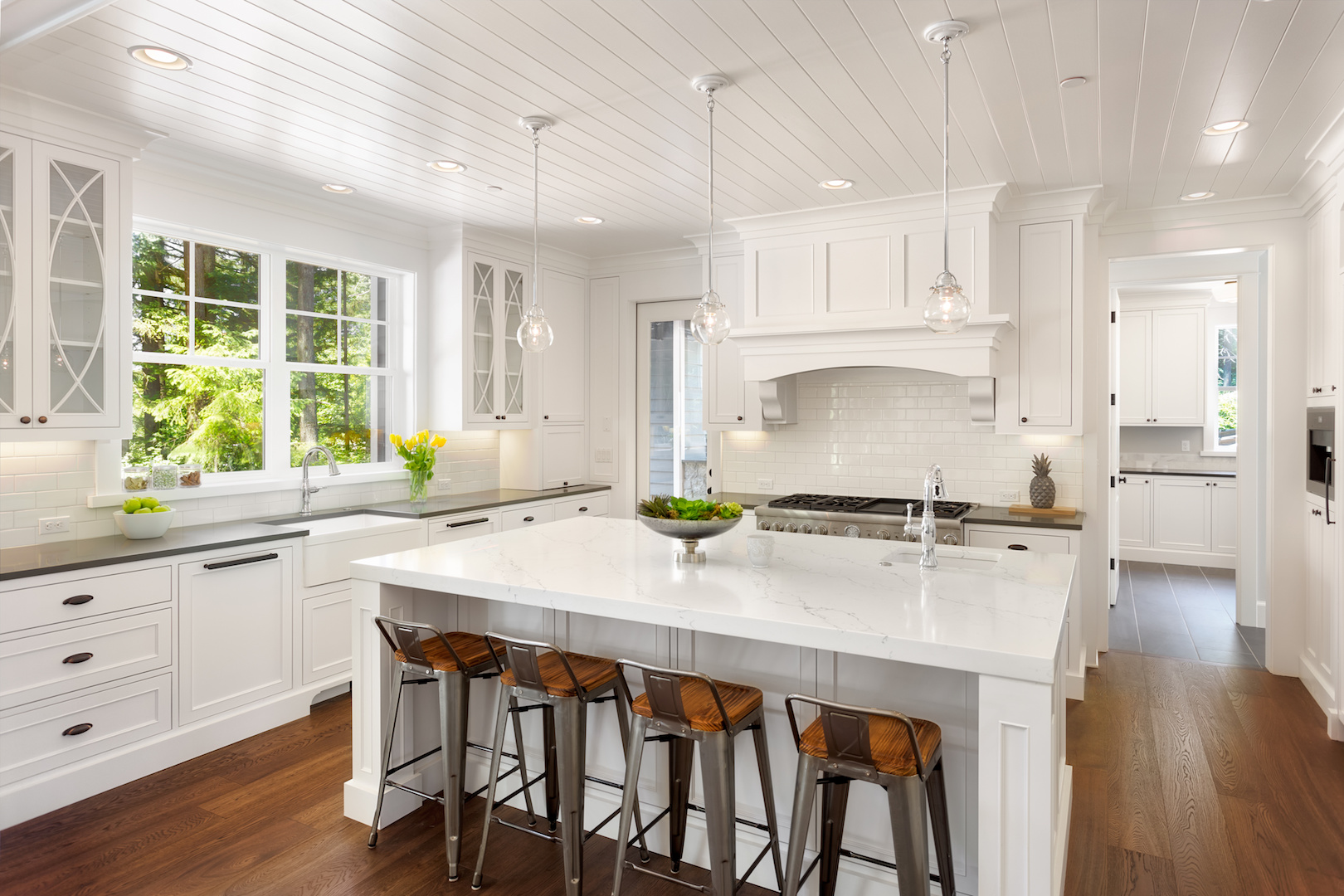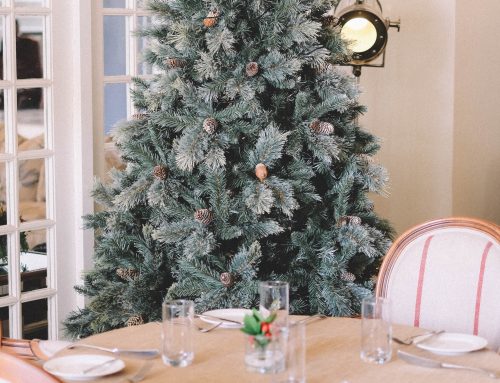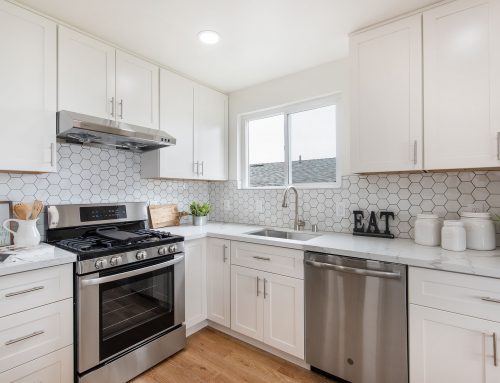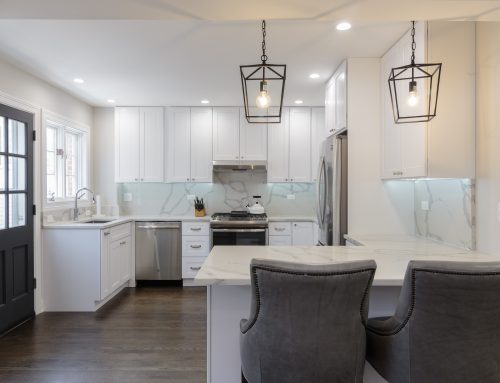Home design trends come and go, so spending your entire life savings to replicate a Pinterest board is hardly a smart financial move. Think of all those homeowners who spent thousands renovating their kitchens with dark cherry cabinets and brown granite in the mid-2000s, only for bright, white kitchens to take the spotlight a mere decade later.
Still, you can remodel for style and be smart about where you spend your money. Before calling your contractor, consider these home design looks that stand the test of time.
Hardwood floors
Prior to the ‘50s, residential wall-to-wall carpeting was considered a luxury. Installed carpet sales skyrocketed after World War II, particularly nylon varieties due to the material’s durability and economical cost. Colorful carpet, inspired by shows like the Brady Bunch, exploded in popularity, leading later generations to ask, “What were they thinking covering up these gorgeous hardwoods?!” Since hardwood floors have been around for centuries, the odds of them losing their appeal are slim. Most buyers prefer hardwoods because they are more hygienic, versatile and charming than carpeting. A study from the National Association of Realtors found that more than half of all home buyers are willing to pay more for a home with hardwood floors, making them a good investment for resale.
If you’re fortunate enough to have genuine hardwoods hiding underneath the old carpet, removing the carpet and refinishing the wood is fairly inexpensive. Otherwise, expect to pay around $9 to $12 per square foot on brand new genuine or engineered wood floors, compared to $3 to $5 for carpet. There’s also laminate flooring, which offers a similar look at a fraction of the price. Laminate costs around $5 to $8 for every square foot and is easier to install if you’re planning the DIY route, but the lower price comes with a few drawbacks. Although slightly more alluring to buyers, laminate floors don’t add much to your home’s value. They also tend to show wear easily and shouldn’t be refinished or sanded, leaving little room for future restorations.
Solid wood cabinetry
When it comes to remodeling, the heart of the home typically eats up most of the budget. According to HomeAdvisor, the average kitchen remodel in 2017 costs $21,626 whereas smaller projects (paint, cabinet refinishing, new sink, backsplash) can range between $10,000 and $15,000. If you plan to undergo a major kitchen makeover, consider spending most of your money on quality cabinetry. Unlike countertop trends and appliance technology, real wood cabinets designed to fit your space seamlessly don’t go out of style. Kitchen cabinets made of engineered wood (particleboard, plywood, MDF) don’t age well and require more upkeep compared to solid wood. Real wood can always be refinished or painted to reflect the personal style of future buyers. Expect to pay around $5,000 to $25,000 for maple, cherry, oak or pine. For a custom fit, expect to pay $500 to $1,200 per linear foot. Top-of-the-line wood cabinetry is likely unnecessary except in high-end homes where buyers look for luxury.
Energy efficient upgrades
You don’t have to be an environmentalist to understand that sustainable home design is a universal selling point. Apart from being cognizant of carbon footprints, buyers like to be eco-friendly at home to minimize utility expenses. In a city like Chicago where the winters are frosty and summers steamy, heating and cooling is a considerable financial burden.
The cost estimate for double-pane windows is $400 to $600 a piece, including installation. According to Zillow, the potential ROI ranges between $460 to $690 each. Weather-stripping doors and windows are also inexpensive and effective at abating utility use. If your furnace/boiler is more than 20 years old and your air conditioner over 10 years old, consider a swap that will save you between 10 to 20 percent on heating and cooling – even more for high-efficiency models. If you don’t have the budget or mechanisms in place for an energy-efficient upgrade, smart thermostats curb excessive use while appealing to prospective home buyers.
Don’t avoid renovations for fear that your home’s style will eventually grow tired. After years of renting, you can finally make lasting transformations to your space without risking your security deposit. Just remember, quality – not trendy – is your safest bet.





